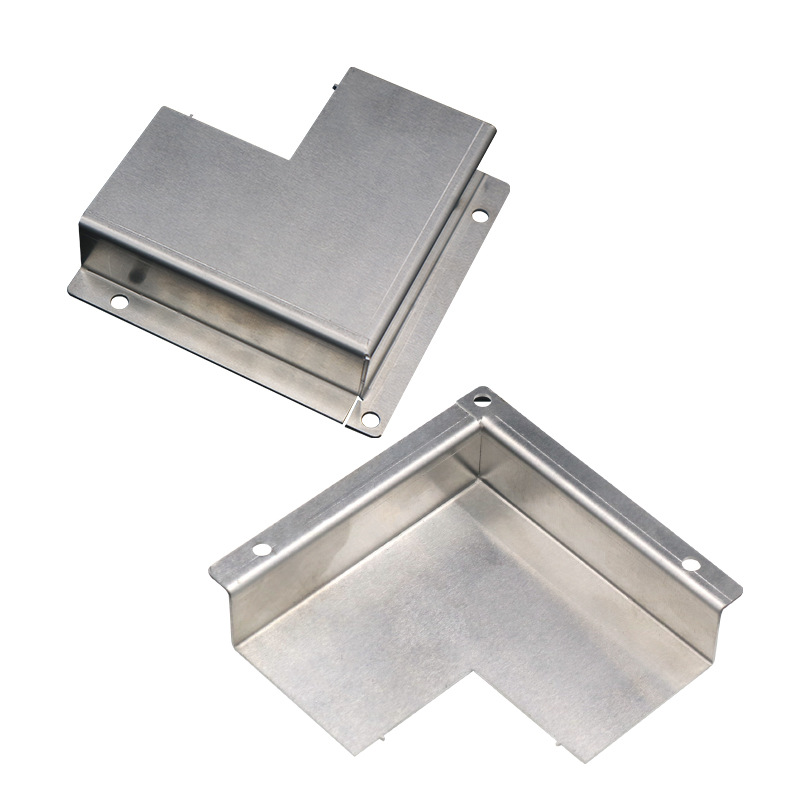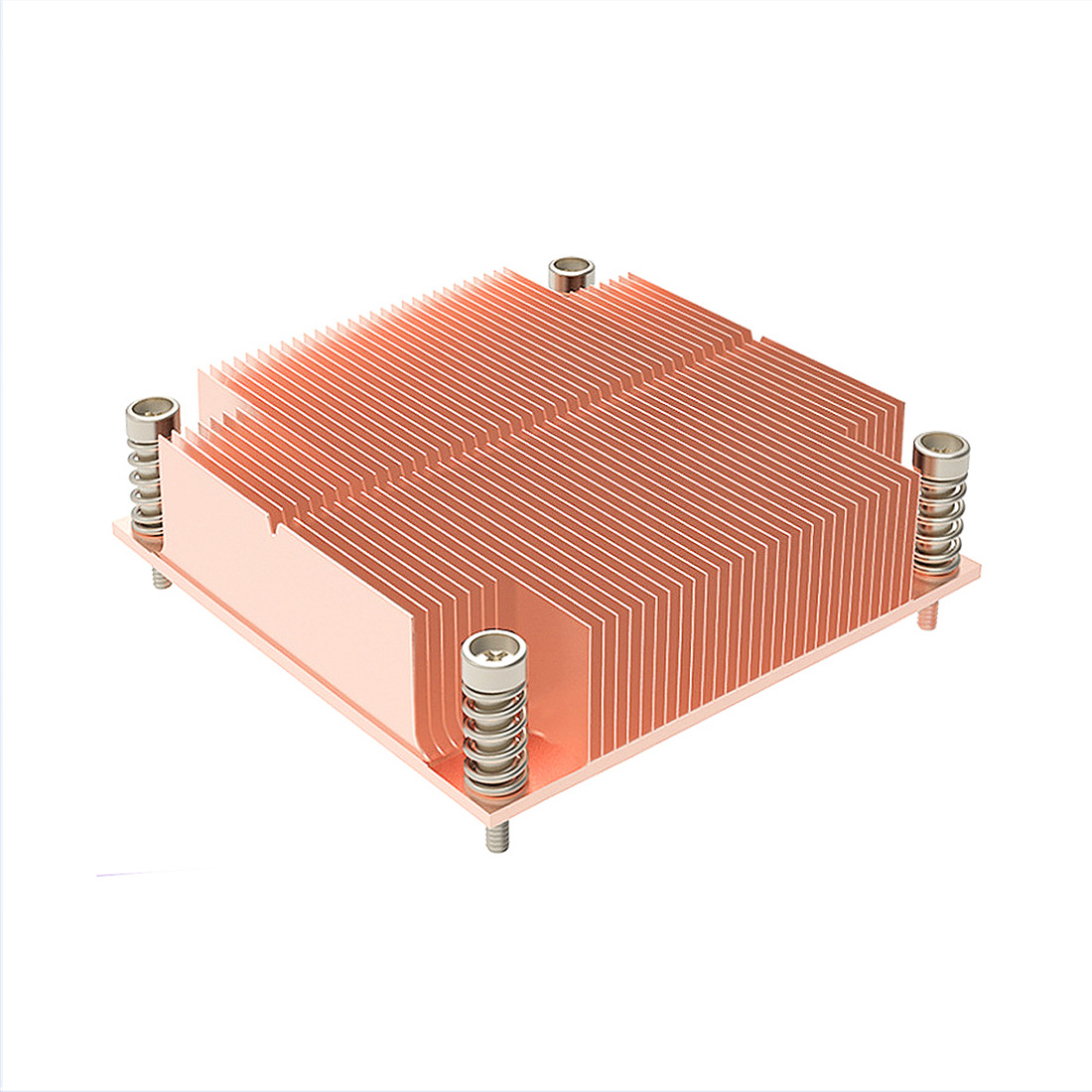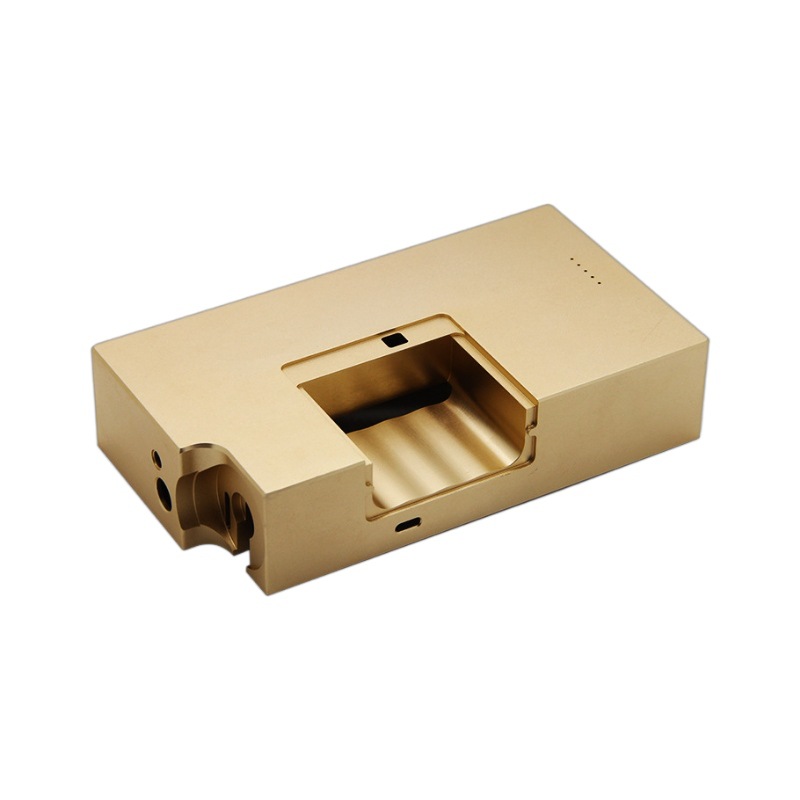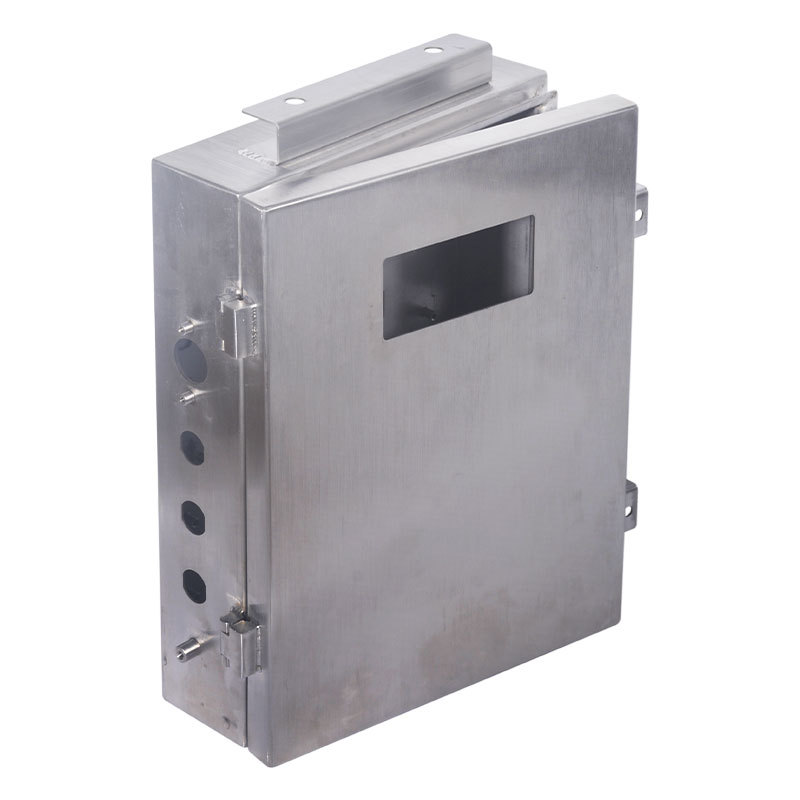Copper CNC machining plays a vital role in creating high-quality, precision parts for industries like electronics, automotive, and aerospace.
Understanding the different copper grades, the advantages they offer, and the challenges posed during machining can help engineers and manufacturers make informed decisions.
But why is copper CNC machining so important, and what should you know about working with this metal?
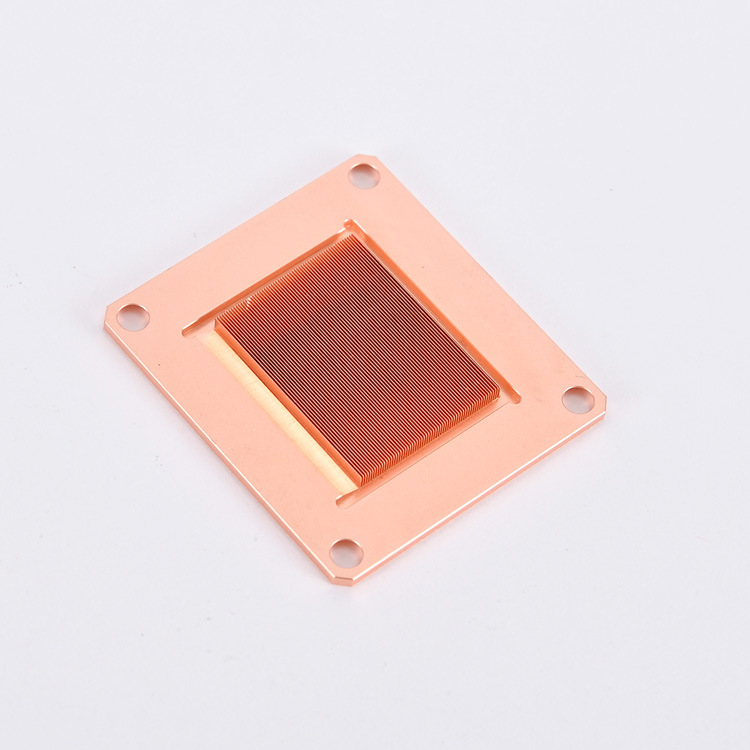
Copper CNC machining is essential because it enables the production of precision parts that require exceptional electrical and thermal conductivity, corrosion resistance, and intricate geometries.
This process ensures that copper components meet the rigorous standards of industries where performance and reliability are non-negotiable.
Despite its challenges, copper’s unique properties make it indispensable for applications ranging from heat sinks to aerospace connectors.
Now, let’s dive into the world of Copper CNC Machining.
-
Table Of Contents
-
1. Why Is Copper CNC Machining Essential for Precision Parts?
-
2. Which Copper Grades Are Best for CNC Machining?
-
3. What Are the Benefits and Challenges of Copper CNC Machining?
-
4. How Can You Overcome Machining Challenges?
-
5. The Best Surface Finishing Techniques for Copper CNC Machining
-
6. Summary

Which Copper Grades Are Best for CNC Machining?
The grade of copper used in CNC machining plays a significant role in determining the performance, machinability, and durability of the final product.
Below are the three most common copper grades used in machining, each with unique characteristics:
1. C101 Copper (Oxygen-Free Copper)
C101 copper is highly regarded for its excellent electrical and thermal conductivity. It’s ideal for applications that require efficient heat and electricity transfer, such as electrical connectors and bus bars. However, its high purity makes it soft and difficult to machine, leading to greater tool wear. Careful consideration is required when machining C101 to prevent damage and ensure precision.
2. C110 Copper (Electrolytic Tough Pitch Copper)
C110 copper is one of the most widely used grades for CNC machining due to its good balance between machinability and performance. It offers high electrical and thermal conductivity, making it perfect for use in electronics, cooling systems, and industrial machinery. Compared to C101, C110 is easier to machine, making it a more cost-effective option for mass production.
3. Copper Beryllium (CuBe)
Copper Beryllium is a high-strength alloy known for its non-magnetic and non-sparking properties. This makes it suitable for applications that require precision and safety, such as in aerospace and military equipment. CuBe is also corrosion-resistant, but it is more expensive and harder to machine than C101 or C110, requiring specialized tools and techniques.
Each of these copper grades offers distinct advantages depending on the specific requirements of your application, such as conductivity, strength, or machinability.
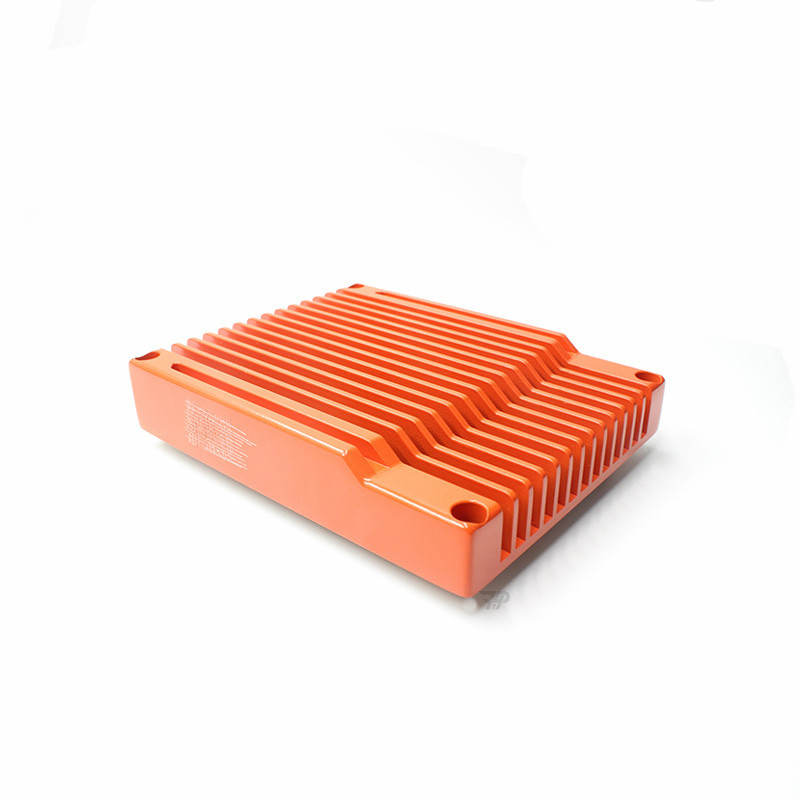
What Are the Benefits and Challenges of Copper CNC Machining?
Copper offers several advantages in CNC machining but also comes with certain challenges that need to be addressed to ensure high-quality results.
Understanding these factors can help optimize the machining process and avoid common issues.
Benefits of Copper CNC Machining
• High Conductivity: Copper’s superior electrical and thermal conductivity makes it the ideal choice for components that need to efficiently transfer heat or electricity, such as connectors and heat sinks.
• Corrosion Resistance: Many copper alloys, particularly C110, are resistant to corrosion, making them suitable for harsh environmental conditions.
• Precision: Copper’s malleability allows for highly detailed and intricate shapes, making it valuable in industries like aerospace and electronics, where precision is critical.
Challenges of Copper CNC Machining
• Tool Wear: Copper’s softness leads to excessive tool wear during machining. The high ductility of copper also makes chip formation difficult, which can cause clogging and uneven surfaces.
• Heat Generation: Copper’s high thermal conductivity results in rapid heat buildup during machining. This can lead to overheating of the tools, reducing their lifespan and potentially causing inaccuracies in the final product.
• Surface Finishing: Achieving a flawless surface finish on copper parts can be challenging. Pure copper is prone to surface scratches and other imperfections that require additional finishing processes.
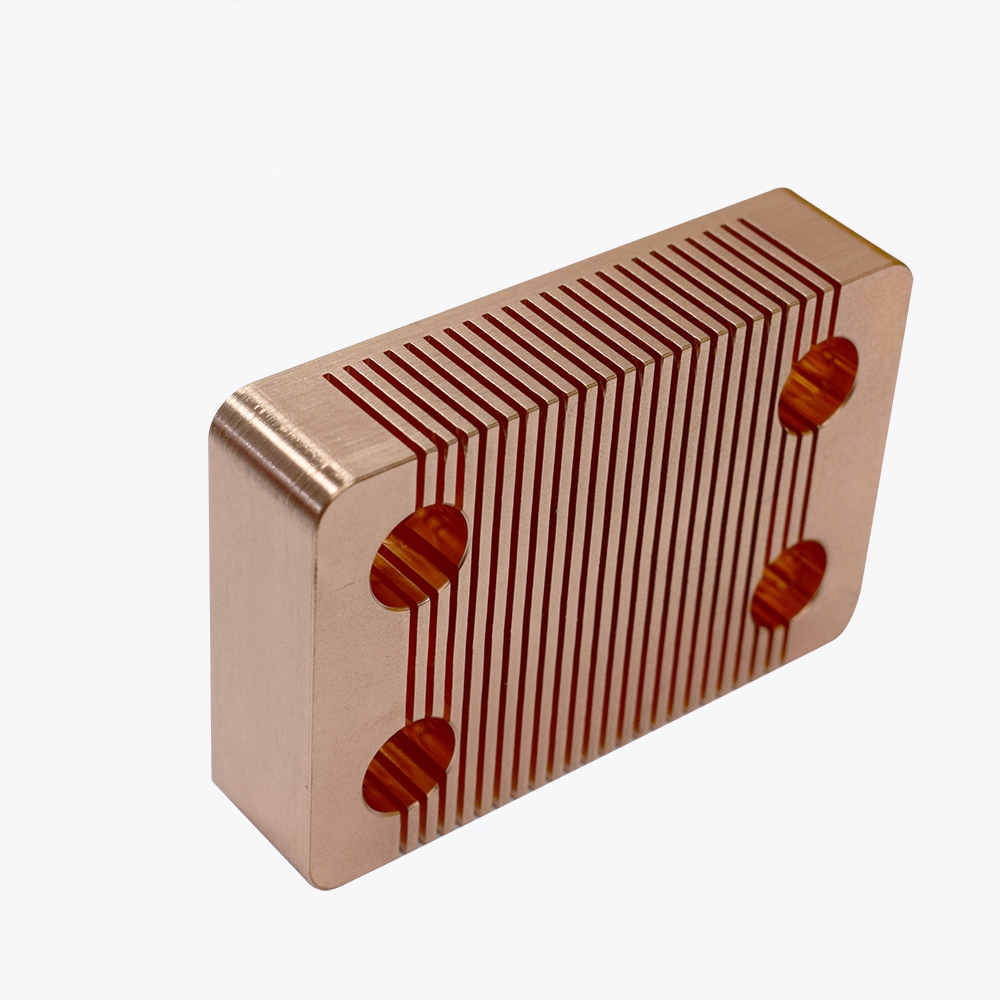
How Can You Overcome Machining Challenges?
Machining copper effectively requires specific techniques to overcome its inherent challenges. Here’s how to handle the most common issues:
• Choose the Right Grade: Copper alloys like C110 and Copper Beryllium offer better machinability than pure copper, reducing tool wear and making the machining process smoother.
• Use Proper Cooling Techniques: Copper’s high thermal conductivity demands the use of effective cutting fluids or cooling methods to manage heat buildup and prevent tool overheating.
• Opt for High-Quality Tools: Using high-speed steel (HSS) or carbide tools can help minimize tool wear and ensure smoother cuts.
• Implement Finishing Processes: After machining, copper parts often require additional finishing techniques like electropolishing, plating, or anodizing to improve surface quality and enhance performance.
By addressing these issues with the right tools, techniques, and alloy choices, machinists can achieve high-quality, precision copper parts.
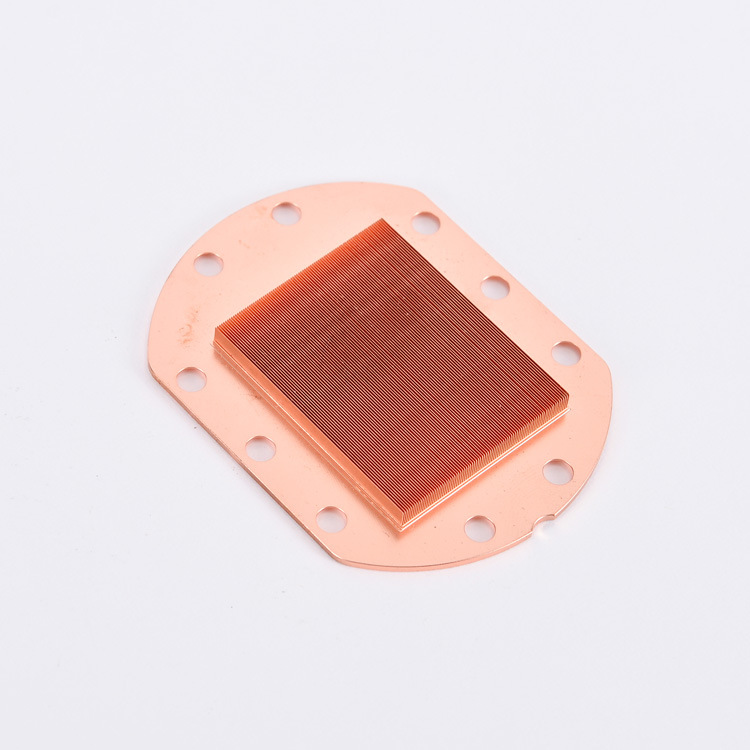
The Best Surface Finishing Techniques for Copper CNC Machining
Once machining is complete, surface finishing becomes an important step to enhance the functionality and aesthetics of copper parts.
Here are the most common surface finishing techniques used in copper CNC machining:
1. Electropolishing:
Electropolishing is commonly used to remove surface imperfections and improve corrosion resistance. It involves passing an electric current through the copper part in an electrolytic solution, which smooths out the surface and gives the part a shiny finish. This is particularly beneficial for copper components used in electrical applications.
2. Plating:
Plating copper parts with a thin layer of another metal, such as nickel or tin, enhances their hardness, corrosion resistance, and wear resistance. Nickel plating, for example, is often used to protect copper parts from oxidation and improve their overall durability, making them more suitable for harsh environments.
3. Anodizing:
Although not as commonly used for copper, anodizing can be applied to enhance surface hardness and provide additional protection against wear. The anodizing process increases the thickness of the oxide layer on the surface, improving its resistance to corrosion and wear.

Conclusion:
Copper’s exceptional electrical and thermal conductivity make it an ideal material for high-performance applications, from electrical connectors to heat sinks.
CNC machining allows manufacturers to produce copper parts with intricate geometries and tight tolerances, which is critical for industries such as electronics and aerospace.
However, copper’s softness presents challenges in terms of tool wear and surface imperfections, which need to be carefully managed during the machining process.
In essence, copper CNC machining is vital for achieving precise, reliable, and durable parts that perform well in high-demand environments.
While it’s more challenging to machine compared to harder metals, the benefits of copper make it a preferred material for many critical applications.
By selecting the right copper grade and utilizing effective machining strategies, manufacturers can overcome these challenges and produce high-quality components.



